Holo-homeopathy, a term coined by Radko Tichavsky, is nothing but homeopathy applied to plants, or agro-homeopathy, but with a systemic rather than symptomatic view of agronomic problems. In fact it refers to the concept of “holon”, coined by Arthur Koestler in 1968, intended as a complex system that has its own individuality, composed of subsystems and at the same time being part of a higher order system.
As developed by Radko Tichavsky, the homeopathic method is based on the concept of metabolic similarity, or secondary metabolites used in various ways by living organisms (both vegetable and animal) to communicate among them, thus defining their degree of interaction inside the farm.
The holo-homeopathic method allows the control and management of vital processes in agriculture through the application of highly diluted natural substances.
Parasites and plant pathologies of various origins and nature are managed by stimulating the natural resistance already present in the agrarian system through the use of homeopathic treatments.
This methodology allows us to meet the three pillars of sustainability:
- economic, with a drop of homeopathic remedy we get dozens of liters of product;
- environmental, avoiding the use of chemical substances such as fertilizers, pesticides, etc.;
- social, as we produce foods that are free of toxic substances but are rich in nutraceutical properties.
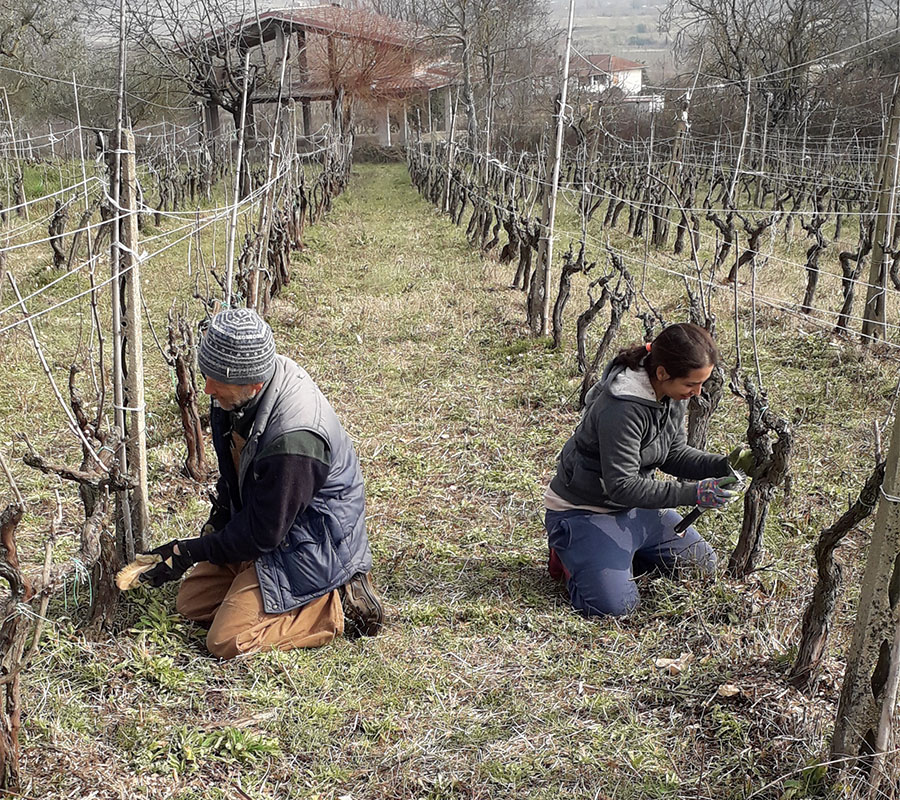
Biodiversity
We pay particular attention to the biodiversity in the vineyard, whose protection is fundamental to have a resilient agro-system, able to face pests, diseases and climatic stress without the support of external interventions, capable of producing healthy grapes to take to the cellar.
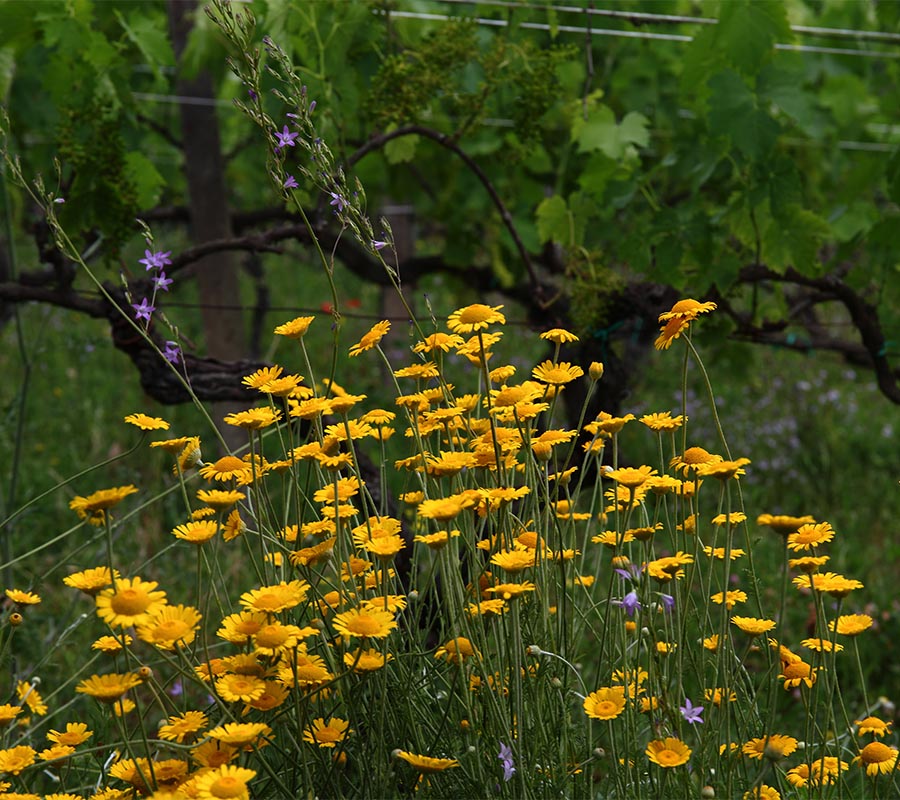
Connections
Wild herbs and mycorrhizae, the latter appropriately stimulated with the reproduction and inoculation of native microorganisms, constitute the web that connects the various parts of the agronomic system. Applying the principle of metabolic similarity, plants that have more affinity between them are favored. With the use of homeopathic treatments, messages are sent to the network to stimulate the natural resistance of the system and reduce certain imbalances that occur with the presence of parasites and plant pathologies.
Connections
Wild herbs and mycorrhizae, the latter appropriately stimulated with the reproduction and inoculation of native microorganisms, constitute the web that connects the various parts of the agronomic system. Applying the principle of metabolic similarity, plants that have more affinity between them are favored. With the use of homeopathic treatments, messages are sent to the network to stimulate the natural resistance of the system and reduce certain imbalances that occur with the presence of parasites and plant pathologies.
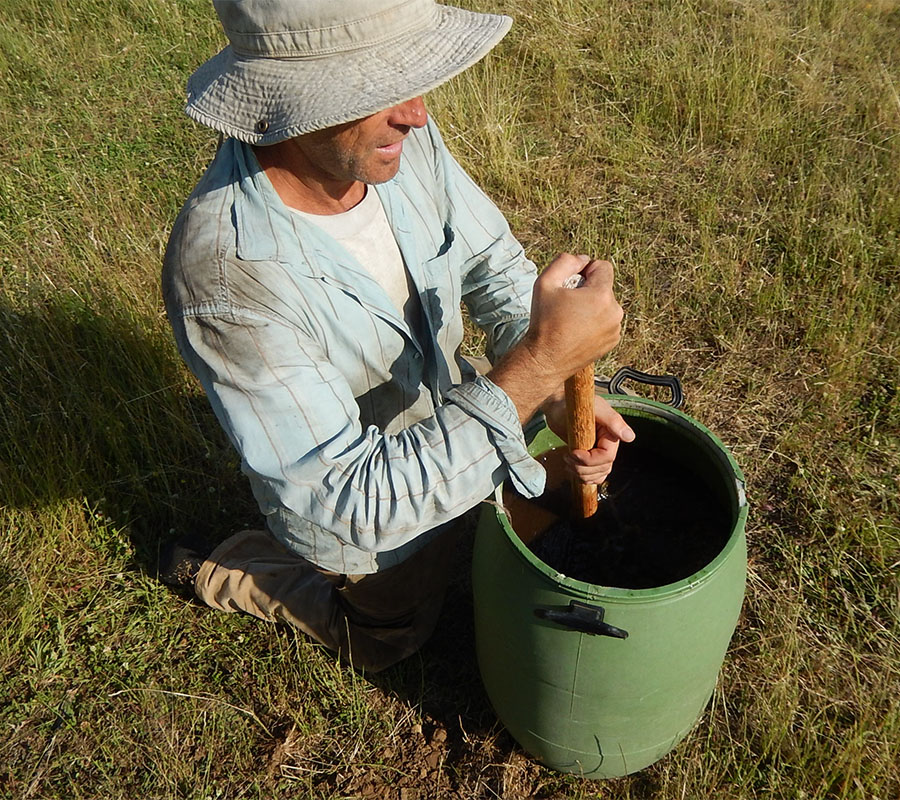
Maria Ernesta Berucci interview
Professor Radko Tichavsky, one of the most prestigious experts
of homeopathy applied to vegetables, interviews Maria
Ernesta Berucci, owner of the homonymous Agricultural Company.
The homeopathic method developed by Tichavsky is based
on the concept of metabolic similarity, or metabolites
secondary used in various ways by living organisms
to communicate with one another, thus defining their degree of
interaction within the farm system.
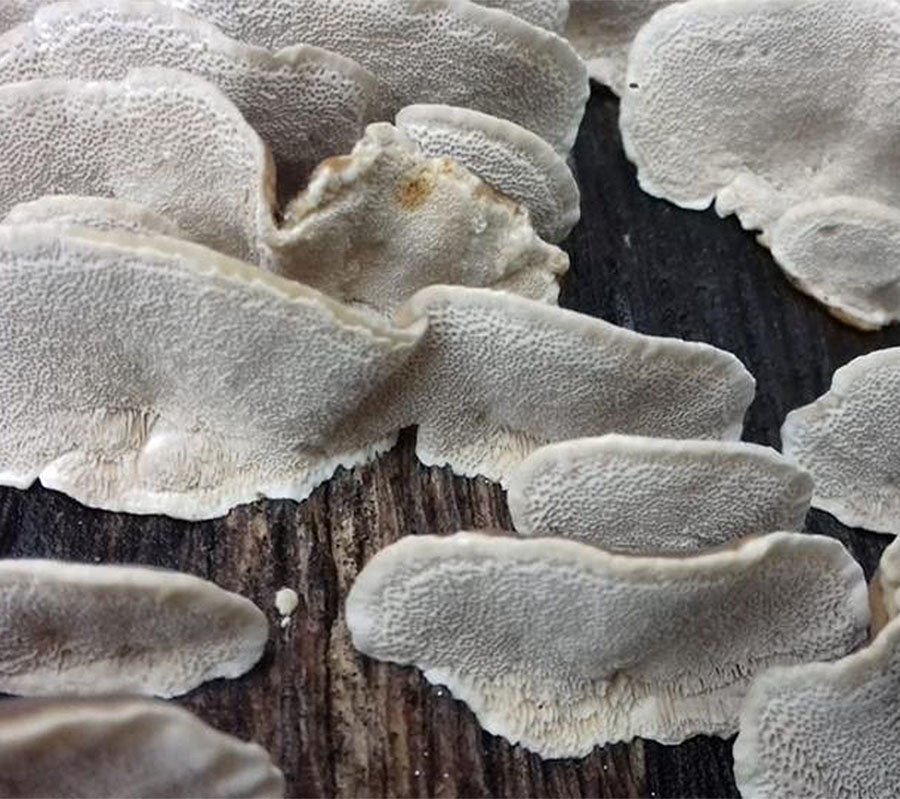
Living being
Every living being performs a specific function for the benefit of the whole system: this fungus, Trametes hirsuta, is a saprophytic species that lives on the trunks of trees in the vineyard and in nearby woods. It is homeopathized and sprayed in the vineyard because it is an antagonist to downy mildew but harmless to the vines.
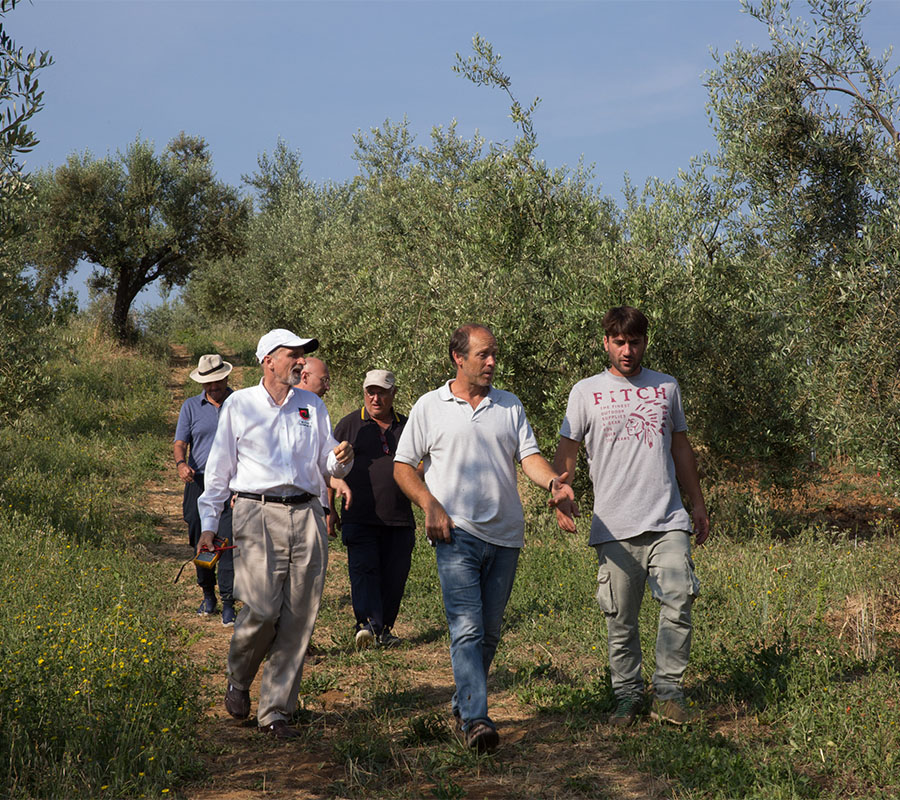
Ground survey
Monitoring the progress of our work in the farm with our mentor Radko Tichavski, a world-renowned agro-homeopath.
Ground survey
Monitoring the progress of our work in the farm with our mentor Radko Tichavski, a world-renowned agro-homeopath.
